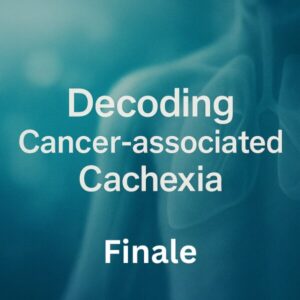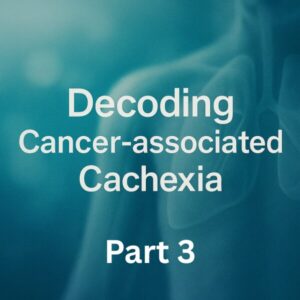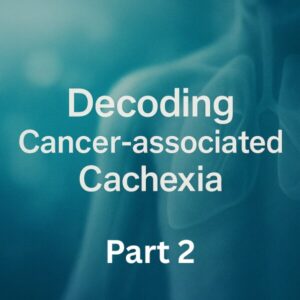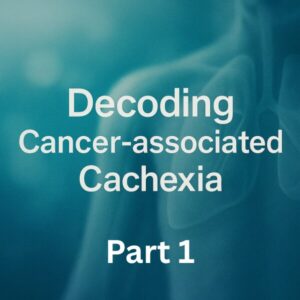This series focuses on the transcriptional machinery as an emerging target for cancer therapy, highlighting CDK (Cyclin-Dependent Kinases) families involved in transcription and BRD4. While CDK4/6 inhibitors have already transformed oncology by targeting the cell cycle, recent advances have brought transcriptional CDKs (CDK7/8/9/11/12/13) into the spotlight as promising drug targets.
In particular, the discovery that CDK11 functions as a pause-checkpoint preceding CDK9-driven elongation has added a new layer of complexity and therapeutic opportunity. This series integrates the latest research findings and drug development progress across six detailed articles.
Series Outline
Each article is written at ~15,000 characters for in-depth exploration. Here is the roadmap:
- Part 1: Overview of transcription machinery and CDKs Introduction to transcription, Pol II dynamics, and classification of CDKs.
- Part 2: CDK7/8 — Transcription initiation control Role in TFIIH and Mediator complexes, relevance to cancer and immune regulation.
- Part 3: CDK9 — Pause release and clinical frontiers Links to MCL1-dependent tumors and ongoing trials (e.g., AZD4573).
- Part 4: CDK12/13 — DNA repair and synthetic lethality Regulation of BRCA-associated genes and synergy with PARP inhibitors.
- Part 5: CDK11 — Pause-checkpoint and new therapeutic potential Latest evidence positioning CDK11 as a novel transcriptional checkpoint.
- Part 6: BRD4 and CDK crosstalk Super-enhancer regulation, BET inhibitors, and combined CDK strategies.
What readers will gain
- A structured understanding of transcription-targeted oncology.
- Clear explanations of CDK mechanisms and drug development pipelines.
- Insight into the latest discoveries such as CDK11’s checkpoint role.
- A critical perspective on future combination strategies.
My Commentary
I see transcriptional CDKs and BRD4 not as isolated drug targets but as part of a multi-layered vulnerability network. The identification of CDK11 as a pause-checkpoint changes how we think about transcriptional control. Future therapies will likely focus on combination approaches — CDK9, CDK12, and BRD4 inhibitors working together to exploit tumor-specific transcriptional dependencies.
Series Conclusion
This Part 0 serves as the introduction and summary of the series “Latest Therapeutic Trends — The Transcription Machinery as a Cancer Drug Target,” which spans six detailed articles. By organizing complex transcriptional mechanisms into accessible explanations, the series provides a roadmap for both beginners and experts. We invite you to explore each article and discover the cutting-edge therapeutic potential of transcription machinery in oncology.
This article was edited by the Morningglorysciences team.









Comments